Guillain–Barré syndrome (GBS) is a rapidonset muscle weakness caused by the immune system damaging the peripheral nervous system Typically, both sides of the body are involved, and the initial symptoms are changes in sensation or pain often in the back along with muscle weakness, beginning in the feet and hands, often spreading to the arms and upper body 2 Introduction GuillainBarré syndrome is an immunemediated polyradiculoneuropathy that accounts for an estimated 100 000 new cases annually worldwide 1 In most patients, the acute onset of neurological symptoms is preceded by an infective illness, 2 followed by progressive limb weakness, which can last up to 4 weeks before reaching plateau Some 49 GuillainBarré syndrome patients were added to the study during this period from China, Denmark, France, Greece, Italy, the Netherlands, Spain, Switzerland, and the United Kingdom In

Becky Battles Guillain Barre Syndrome With Support From Mercy Health Muskegon Mary Free Bed
Guillain barre syndrome patient uk
Guillain barre syndrome patient uk-GuillainBarré Syndrome Fact Sheet 1 What is GuillainBarré syndrome (GBS)?– Illness is typically characterized by progressive, symmetrical weakness in the patient's legs and arms, with a loss of reflexes




Guillain Barre Syndrome Pontiac Mi Euro Therapies
GuillainBarré DOI / syndrome (GBS) is an acute, autoimmune, polyradiculoneuropathy, triggered by Quick Response Code infectious agents such as Campylobacter jejuni GBS is generally precipitated 13 weeks following C jejuni infection which suggests a humoral immunopathogenic mechanism Aims Basal CRP levels were estimated in GuillainBarré syndrome consists of a group of neuropathic conditions characterized by progressive weakness and diminished or absent myotatic reflexes The estimated annual incidence in theCytomegalovirus (may cause no symptoms) EpsteinBarr virus, which causes infectious mononucleosis, or glandular fever;
Guillain Barré syndrome patients undergo not only physical challenges but also emotionally stressful times Residual symptoms may lead to longterm impairment and trouble in achieving an old lifestyle or profession In the recovery of patients, rehabilitation services paired with psychological therapy will be beneficial Plasma Exchange (Plasmapheresis) This procedure– GBS is a serious neurological disorder that results from the inflammation of peripheral nerves after certain events such as an infection 2 What are the symptoms of GBS?Problems with balance and coordination
GuillainBarré syndrome (GBS) is a rare disorder where the body's immune system damages nerve The damage to the nerves causes muscle weakness and sometimes paralysis While its cause is not fully understood, the syndrome often follows infection with a virus or bacteria Each year in the United States, an estimated 3,000 to 6,000 people Covid could be an occasional trigger of GuillainBarré syndrome (GBS), a study has claimed The autoimmune disease, which can leave patients paralysed and in crippling pain, has also been linkedGuillainBarre is a severe and debilitating outcome that must be considered when evaluating neuromuscular weakness in the setting of COVID19, even in asymptomatic patients Our case highlights the multifactorial intersection between GuillainBarre syndrome, COVID19, and concomitant mental health and alcohol use disorder



Family Struggling With Woman S Numbing Rare Guillain Barre Syndrome




Guillain Barre Syndrome In A Patient With Evidence Of Recent Sars Cov 2 Infection Mayo Clinic Proceedings
Guillain–Barré syndrome (GBS) is a rare, but potentially fatal, immunemediated disease of the peripheral nerves and nerve roots that is usually triggered by infections The incidence of GBS When patients with the Guillain–Barré syndrome are not ambulatory, prophylaxis against deepvein thrombosis, consisting of subcutaneous heparin and the use of Background A growing number of Guillain–Barré syndrome (GBS) and Miller Fisher Syndrome (MFS) cases following severe acute respiratory syndrome coronavirus 2 (SARSCoV2) infection are reported Nevertheless, this association is




Behind The Ventilator An Slp Finds Her Voice As A Patient With Guillain Barre Syndrome The Asha Leader Vol 23 No 9
/woman-having-feet-massage-1141353735-a78f911a1d824e7a93bab5f8e9a640be.jpg)



Introduction To Guillain Barre Syndrome
GuillainBarre syndrome is an acute inflammatory polyneuropathy that is classified according to symptoms and divided into axonal and demyelinating forms Twothirds of patients have a history of gastroenteritis or influenzalike illness weeks before onset of neurological symptoms Associated with Zika virus outbreaks GuillainBarré syndrome (GBS) in an immune mediated disease that affects peripheral nerves with possible lifethreatening complications GBS has multiple subtypes including acute inflammatory demyelinating polyradiculoneuropathy (AIDP), acute motor axonal neuropathy (AMAN) and acute motor sensory axonal neuropathy (AMSAN), which can make GBS difficult toOf GuillainBarre ´ syndrome patients have persistent disability 1 Respiratory failure is a relentless problem among patients with GuillainBarre ´ syndrome, and mechanical ventilation is required in 30% of these patients 2 5 In many patients with GuillainBarre ´ syndrome, prolonged ventilatory support is needed because of continuing de During this study, Mohamed I
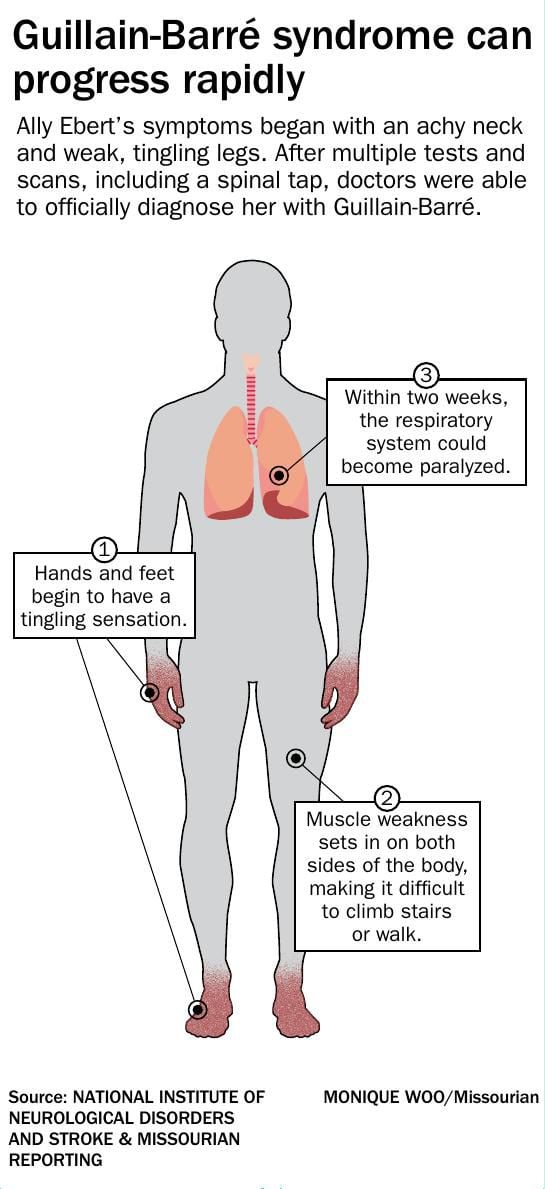



Guillain Barre Syndrome What Is It And Why Should You Care News Columbiamissourian Com




Taking Back Their Lives Guillain Barre Patients Share Hope Awareness Family Journalstar Com
GuillainBarré syndrome (GBS) is a rare neurological disorder in which the immune system attacks the nerves It can cause muscle weakness and sometimes paralysis People usually recover from it, but it can lead to hospitalization and, sometimes, permanent damage to nerve cells GuillainBarré syndrome (GBS) is an eponym for a heterogeneous group of immunemediated peripheral neuropathies A feature common in all GBS variants is a rapidly evolving polyradiculoneuropathyGuillainBarré syndrome (GBS) is a rare neurological disorder in which the body's immune system mistakenly attacks part of its peripheral nervous system—the network of nerves located outside of the brain and spinal cord GBS can range from a very mild case with brief weakness to nearly devastating paralysis, leaving the person




No Causal Link Found For Covid 19 Guillain Barre Syndrome




Q A Guillain Barre Syndrome In Patients With Covid 19 Requires More Research
GuillainBarré syndrome (GBS) is also called acute inflammatory demyelinating polyradiculoneuropathy (AIDP) It is a neurological disorder in which the body's immune system attacks the peripheral nervous system, the part of the nervous system outside the brain and spinal cord The onset of GBS can be quite sudden and unexpected and requires immediateGuillainBarre Syndrome presents with acute neuromuscular paralysis developing of one to several days Remember that many patients present with back ache and muscular pains, and sensory signs may be subtle despite the pain and may be limited to loss of joint position sense Tendon reflexes may be preserved early on the illness To confirm the diagnosis request Nerve I'm ProVaccine and I Now Have GuillainBarré Syndrome This article is not intended to stop you from getting the COVID vaccine It is intended to tell you to pay attention to your body whether




More Evidence Supports Covid 19 Guillain Barre Link




Becky Battles Guillain Barre Syndrome With Support From Mercy Health Muskegon Mary Free Bed
Some patients develop GuillainBarre´Syndrome after being infected with the Zika virus or as a result of COVID19 Risk Factors Campylobacter infection is most common (food poisoning) Zika virus and dengue; What is GuillainBarré syndrome? The patient reported generalized malaise and body aches during the first week after receiving her vaccination However, during the second week, she had worsening symptoms and noticed increased difficulty in walking to the point where she had to use a walker for ambulation The patient then subsequently sustained a fall due to her weakness, which prompted her visit to



Covid 19 Associated Bifacial Weakness With Paresthesia Subtype Of Guillain Barre Syndrome American Journal Of Neuroradiology




New Study Links Zika Virus To Temporary Paralysis The New York Times
A recent study by the Oxford University Press has found that a COVID19 infection may trigger GuillainBarré syndrome in patients The symptoms of COVID19 have drastically changed over the course of the pandemic What was once considered a purely respiratory disease, has now been established as a viral infection with several longterm complications Other thanOne of these severe side effects is GuillainBarré syndrome (GBS) This review summarizes and discusses GBS as a side effect of SARSCoV2 vaccinations (SCoVaG) based on recent research reports Altogether, nine articles reporting 18 patients with SCoVaG were identified and one more report on another patient is under review The age for theGuillainBarré syndrome affects people of all ages but it is more common in adults and males Symptoms of GuillainBarré syndrome Symptoms often start in your feet and hands before spreading to your arms and legs At first you may have numbness;




Guillain Barre Syndrome Nejm




Guillain Barre Syndrome Pontiac Mi Euro Therapies
GuillainBarre syndrome (GBS) patients describe a fulminant course of symptoms that usually include ascending weakness and nonlength dependent sensory symptoms By definition, the nadir is usually reached within 4 weeks Symmetric involvement is a key feature of GBS6 GuillainBarre syndrome is a condition that affects the nerves, causing muscle weakness, problems with movement, and sometimes temporary paralysis (being unable to move at all) We don't know for sure what causes GuillainBarre syndrome, but it seems to be caused by problems with the immune system Your immune system is your body's defence GuillainBarré syndrome (GBS) is a disease that affects nerves throughout the body and limbs It is usually triggered by an infection It is named after Dr Guillain and Dr Barré who were two of the doctors who described this syndrome early in the last century




Guillain Barre Syndrome Physiopedia
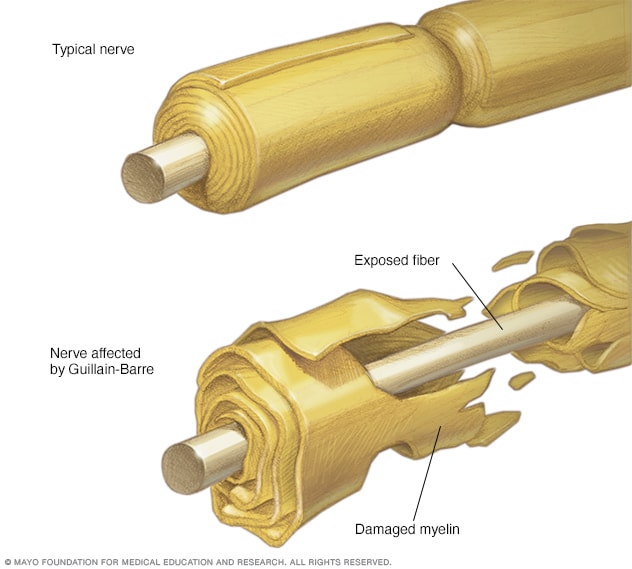



Guillain Barre Syndrome Symptoms And Causes Mayo Clinic
GuillainBarré Syndrome (GBS) after Janssen COVID19 Vaccine Vaccine Adverse Event Reporting System (VAERS) Meeting of the Advisory Committee on Immunization Practices (ACIP) Office of Biostatistics and Epidemiology (OBE) FDA Center for Biologics Evaluation and Research (CBER) 2 Outline • Vaccine Adverse Event Reporting System (VAERS) •The recovery period may be as little as a few weeks or as long as a few years About 30 percent of those with GuillainBarré still have a residual weakness after 3 years About 3 percent may suffer a relapse of muscle weakness and tingling sensations many years after the initial attack This review summarises and discusses recent findings concerning the pathophysiology, clinical presentation, diagnosis, treatment, and outcome of SARSCoV2associated GuillainBarre syndrome (SC2GBS) By the end of December , at least 2 patients with SC2GBS have been published in 95 papers SC2GBS is most likely secondary
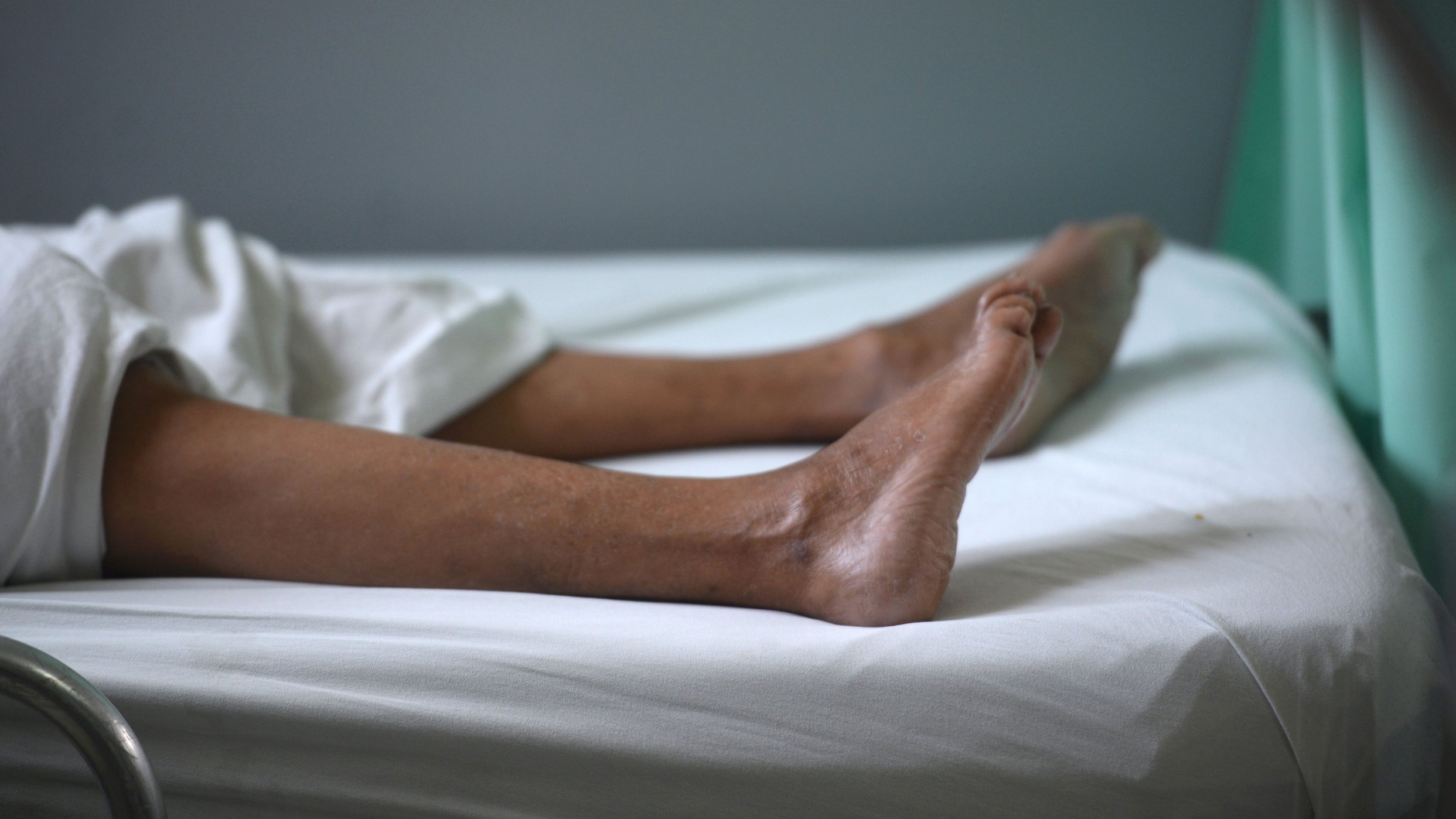



What Is Guillain Barre Syndrome Cnn Video




Teen Battling Guillain Barre Syndrome Does Tiktok Dance To Celebrate Re Learning To Walk Inside Edition
GuillainBarré syndrome (GBS) is an autoimmune disorder related to the peripheral nervous system The clinical characteristics of GBS are the progressive weakness of the limbs and reduction in or loss of tendon reflexes (hyporeflexia and areflexia, respectively) In this disorder, protein concentrations in the cerebrospinal fluid (CSF) increase, while the white cell count is normal Background Pain in GuillainBarré syndrome (GBS) may be pronounced and is often overlooked Objectives To obtain detailed information about pain in GBS and its clinical variants Methods This was a prospective cohort study in 156 patients with GBS (including 18 patients with Miller Fisher syndrome MFS) We assessed the location, type, and intensity of pain usingGuillainBarré syndrome (GBS) is also called acute inflammatory demyelinating polyradiculoneuropathy (AIDP) It's a neurological disorder in which the body's immune system attacks the peripheral nervous system This is the part of the nervous system outside the brain and spinal cord The onset of GBS can be quite sudden and unexpected It requires immediate
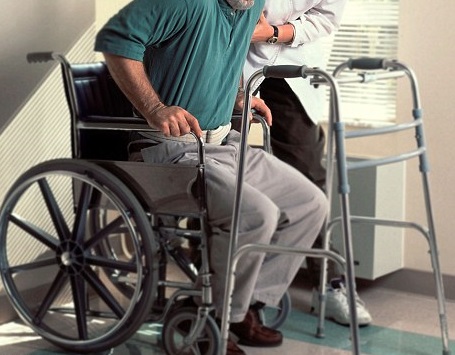



Guillain Barre Syndrome Germany Pdf Ppt Case Reports Symptoms Treatment




Pqqfxtpnhcqnym
GuillainBarré Syndrome (GBS) is an acute, postinfectious immunemediated polyradiculoneuropathy typically arising a few days to 6 weeks after bacterial or viral infections, including Campylobacter jejuni, Haemophilus influenzae, Mycoplasma pneumoniae, influenza, EpsteinBarr virus, cytomegalovirus, and more recently, Zika virus1,2 The GuillainBarré syndrome is an autoimmune disease that attacks the nerve cells and disrupts the human immune system It can be triggered by glandular fever or flu and can make the patients paralysed and leave them with immense pain It is believed that the majority of patients suffering from GBS can fully recover, however, one in every five patients can be left
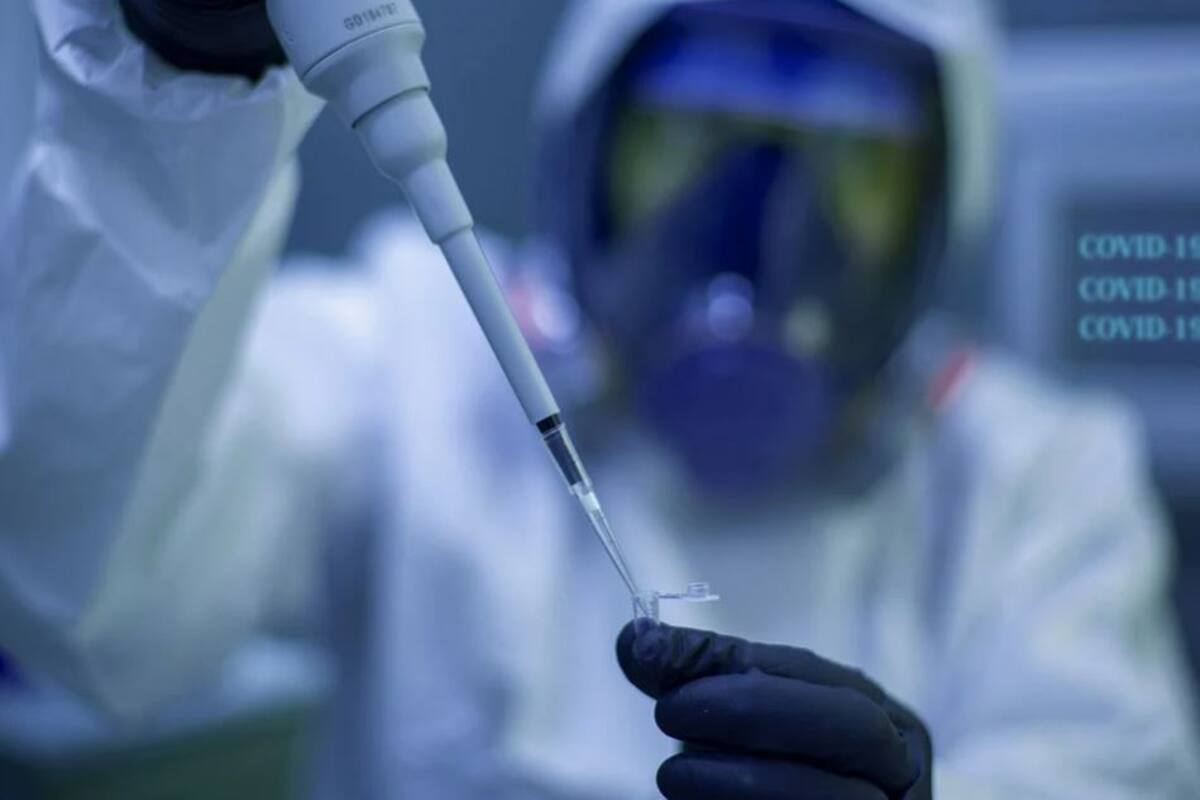



What Is Guillain Barre Syndrome Read On About The Rare Syndrome That Some Covid 19 Patients Are Developing




Guillain Barre Syndrome And Johnson Johnson Vaccine What You Need To Know The Independent
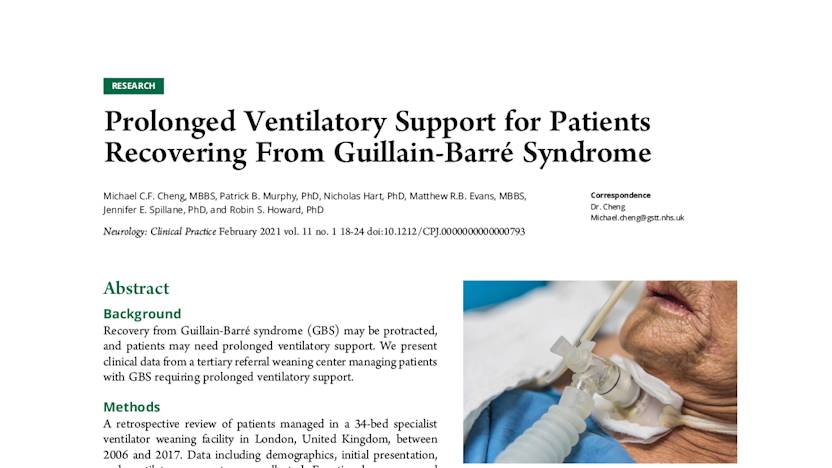



Ongoing Support And Rehabilitation Are Crucial For Patients With Guillain Barre Syndrome Who Need Prolonged Ventilation Neurodiem
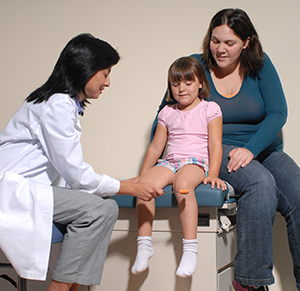



When Your Child Has Guillain Barre Syndrome Gbs Saint Luke S Health System




What You Need To Know About Guillain Barre Syndrome Are You A Well Being Are You A Well Being
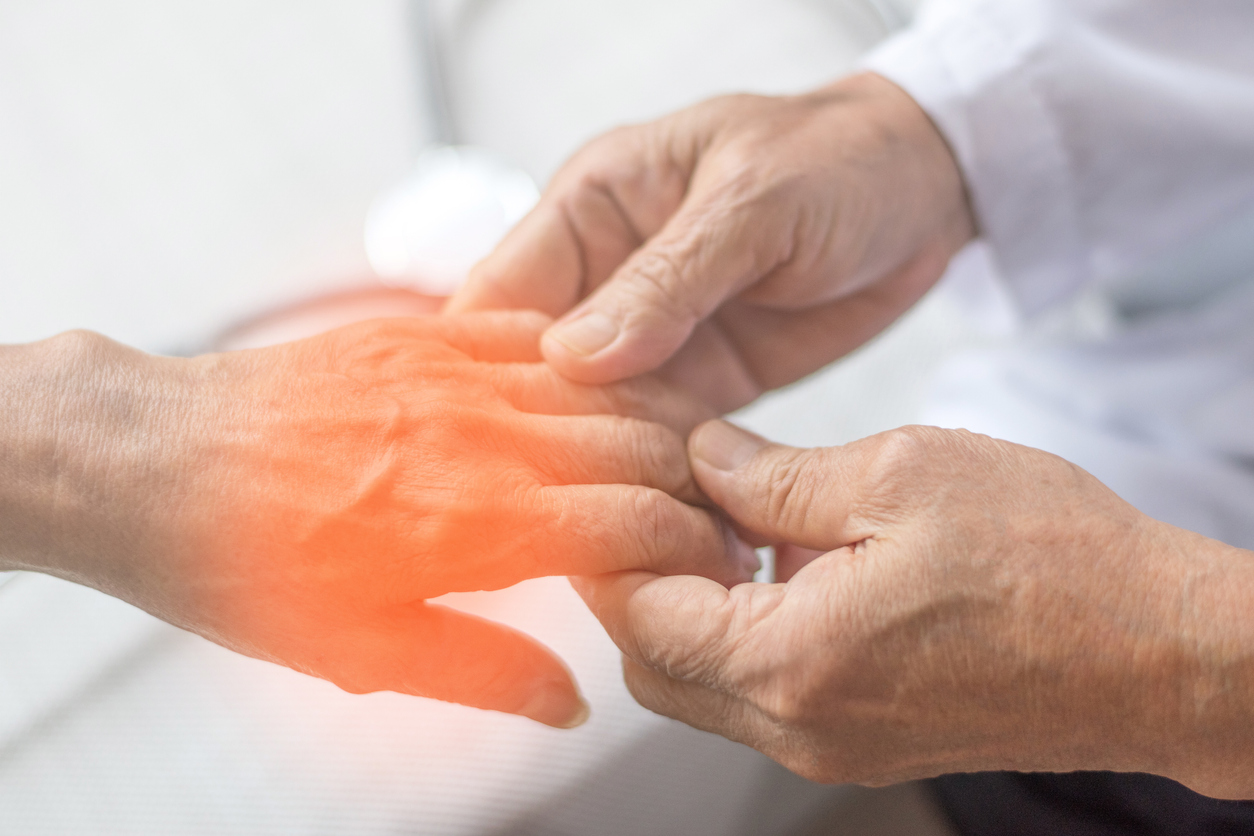



How Blood Plasma Can Help Patients With Guillain Barre Syndrome Canadian Plasma Resources




Zika S Link To Guillain Barre Syndrome Revealed Los Angeles Times




Covid Vaccine Updates Fda Warns Of Rare Guillain Barre Syndrome Reaction To Johnson Johnson Coronavirus Vaccine Abc7 New York
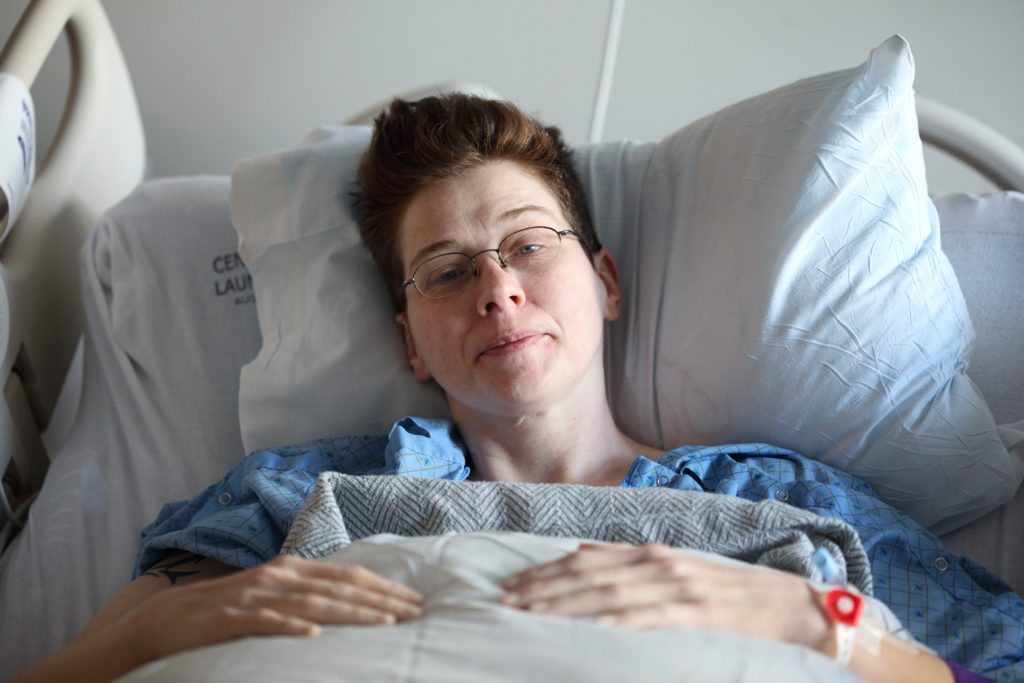



Guillain Barre Syndrome A Lesser Known Food Poisoning Complication




Aldergrove Father Fights For His Life After Flu Turns Into Paralyzing Condition Surrey Now Leader
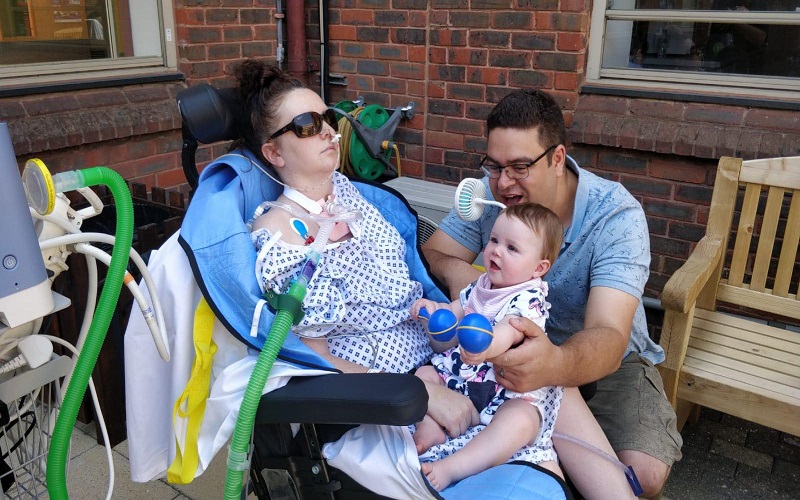



Guillain Barre Syndrome Locked In Paralysed And Unable To Communicate




J P Rosenbaum Diagnosed With Rare Guillain Barre Syndrome People Com




Guillain Barre Syndrome Virginia Mason Franciscan Health
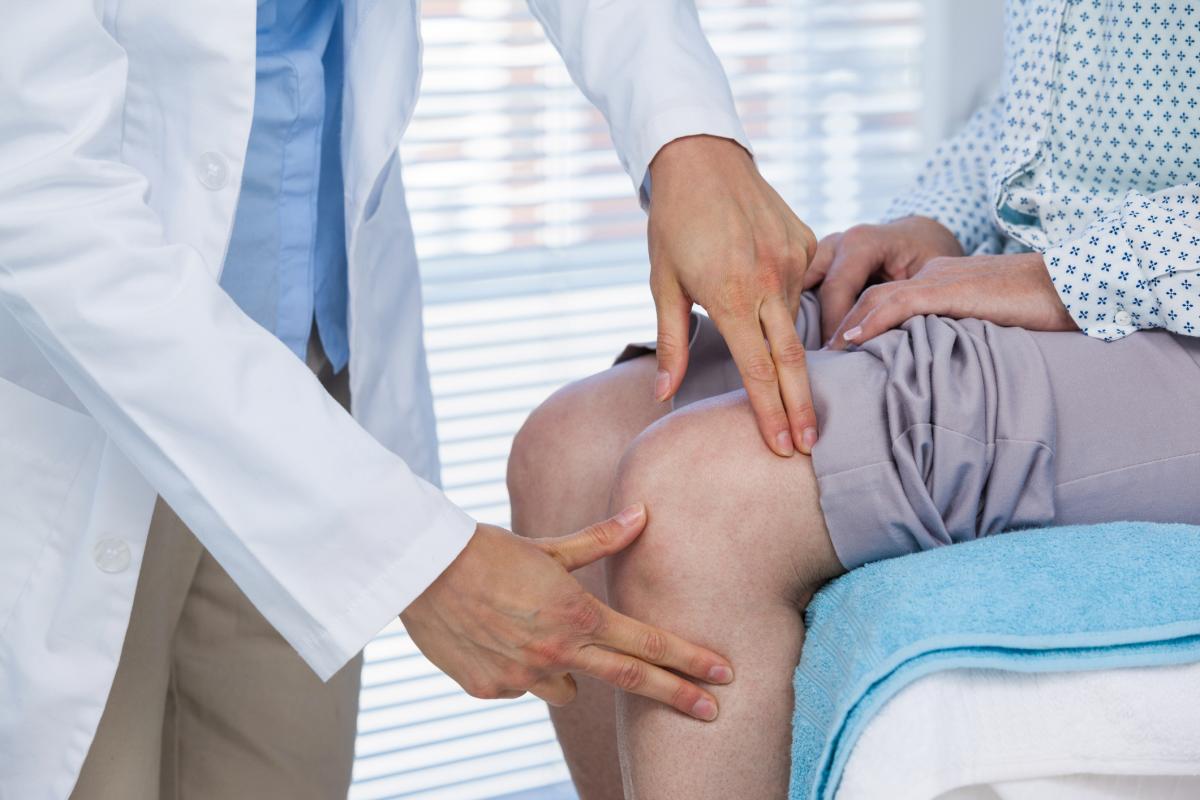



Guillain Barre Syndrome Honorhealth




Guillain Barre Syndrome And The Flu Vaccine How To Receive Compensation
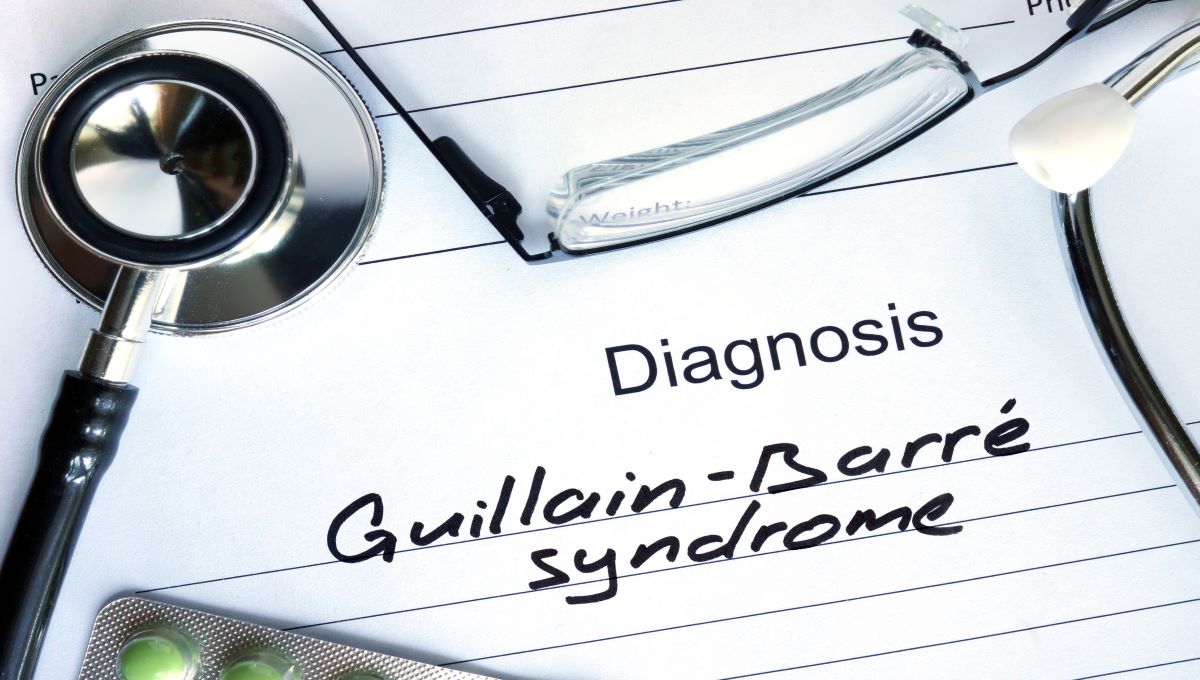



Man Paralyzed After Suspected Complications From Food Poisoning Food Safety News



Guillain Barre Syndrome Promising Young Footballer Struck Down By Rare Disease Twice Abc News




I Started To Feel Like I Was Dead Timothee Fighting Guillain Barre Syndrome With Erigo Youtube




Guillain Barre Syndrome Boston Children S Hospital




J P Rosenbaum Diagnosed With Rare Guillain Barre Syndrome People Com




Guillain Barre Syndrome The Lancet



Child With Covid 19 Guillain Barre Syndrome Treated The Hindu
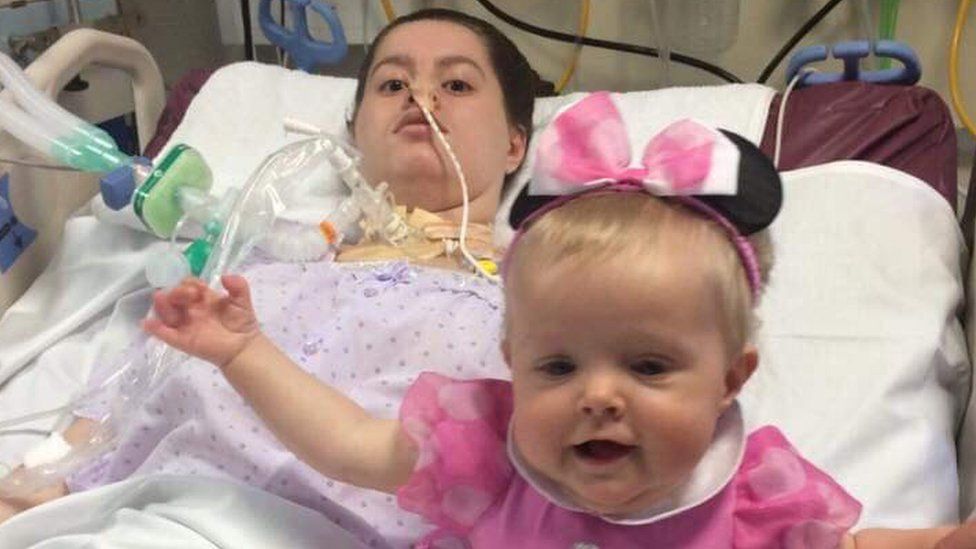



Guillain Barre Syndrome A Cold Stole My Smile c News
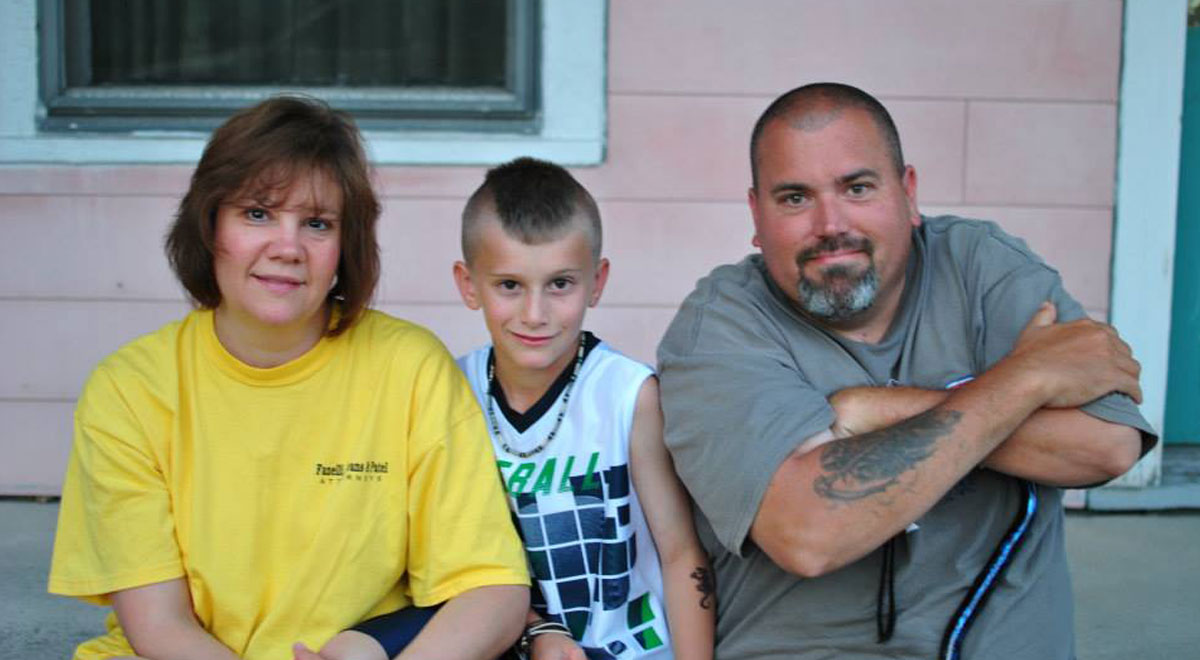



Guillain Barre Syndrome Patient Recovery



Pregnant Mom Relives Paralysis Of Guillain Barre Amid Zika Virus Scare Gbs Cidp Foundation International
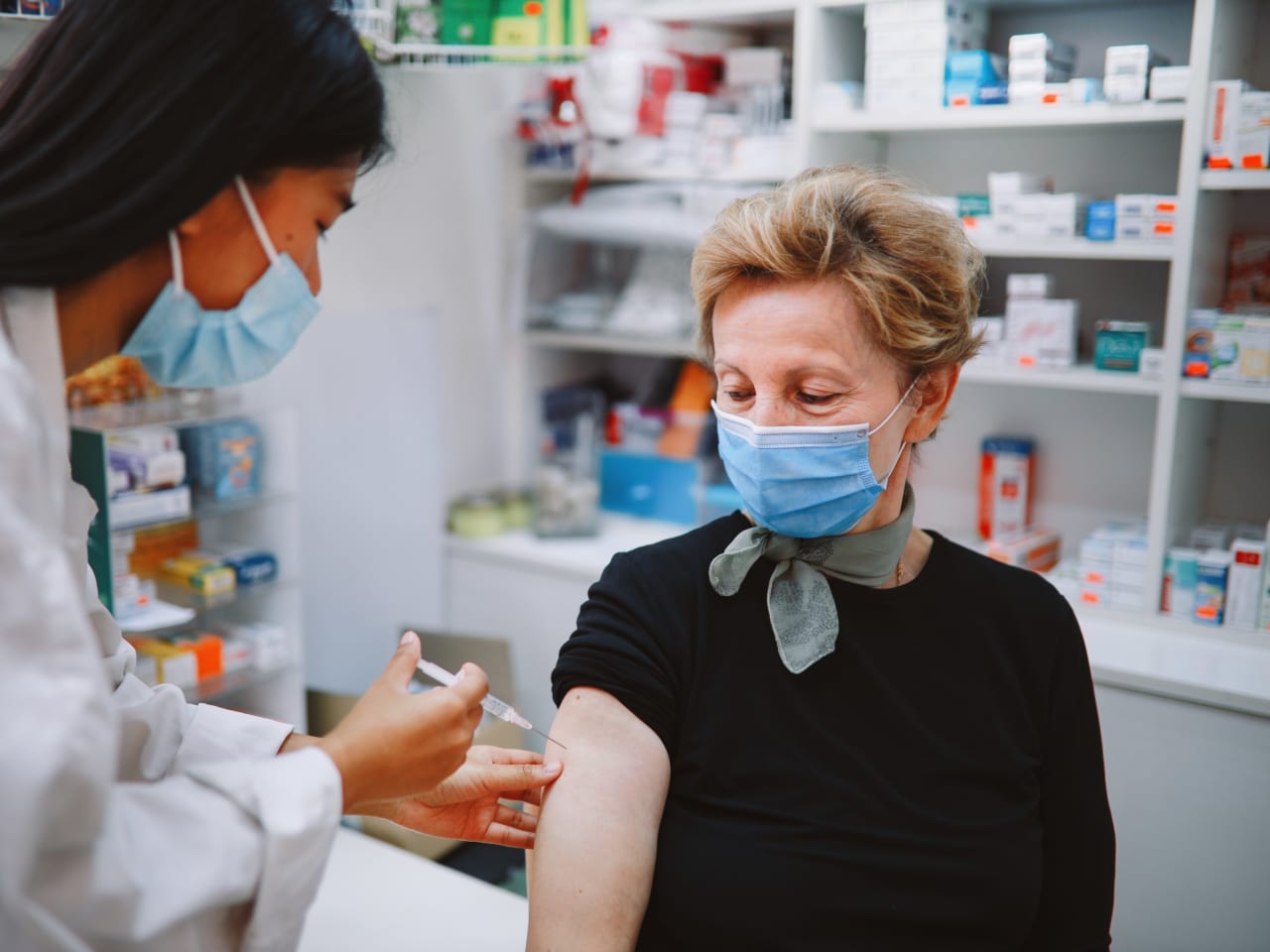



J J Vaccine And Guillain Barre Syndrome Information On The Fda Warning News Yale Medicine




Can Guillain Barre Syndrome Recur After Mrna Covid Vaccine Medpage Today
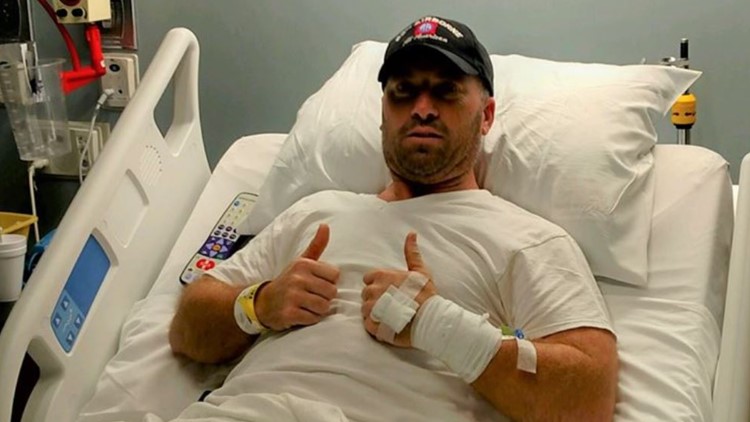



Firefighter Recovering From Neurological Disorder Wtsp Com




I M A Young Mom Of 3 And A Guillain Barre Warrior Global Genes




Emergency Department Case Covid 19 Related Guillain Barre Syndrome Fcep




Guillain Barre Syndrome Gbs Willis Knighton Health System



Resources Guillain Barre Syndrome Gbs
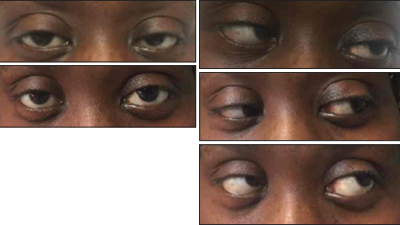



Lupus Patient Develops Miller Fisher Variant Of Guillain Barre Syndrome The Rheumatologist
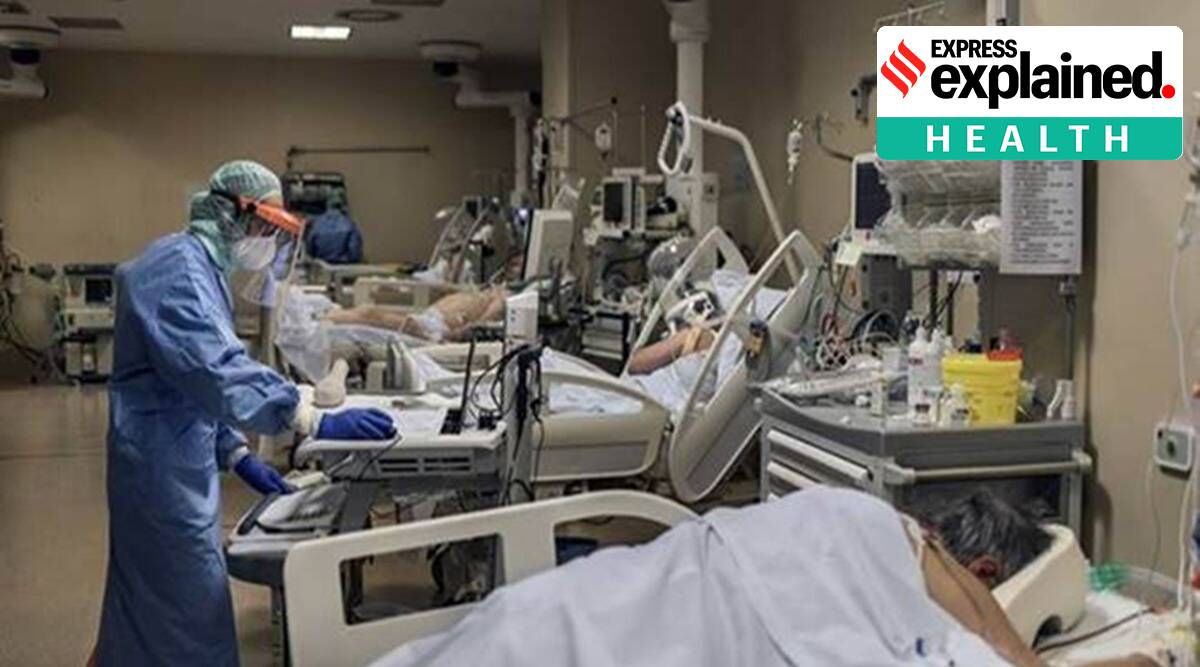



What Is The Guillain Barre Syndrome Affecting Covid 19 Patients




Guillain Barre Syndrome Related To Nivolumab Case Report Of A Patient With Urothelial Cancer And Review Of The Literature Clinical Genitourinary Cancer




What Is Guillain Barre Syndrome Or Gbs
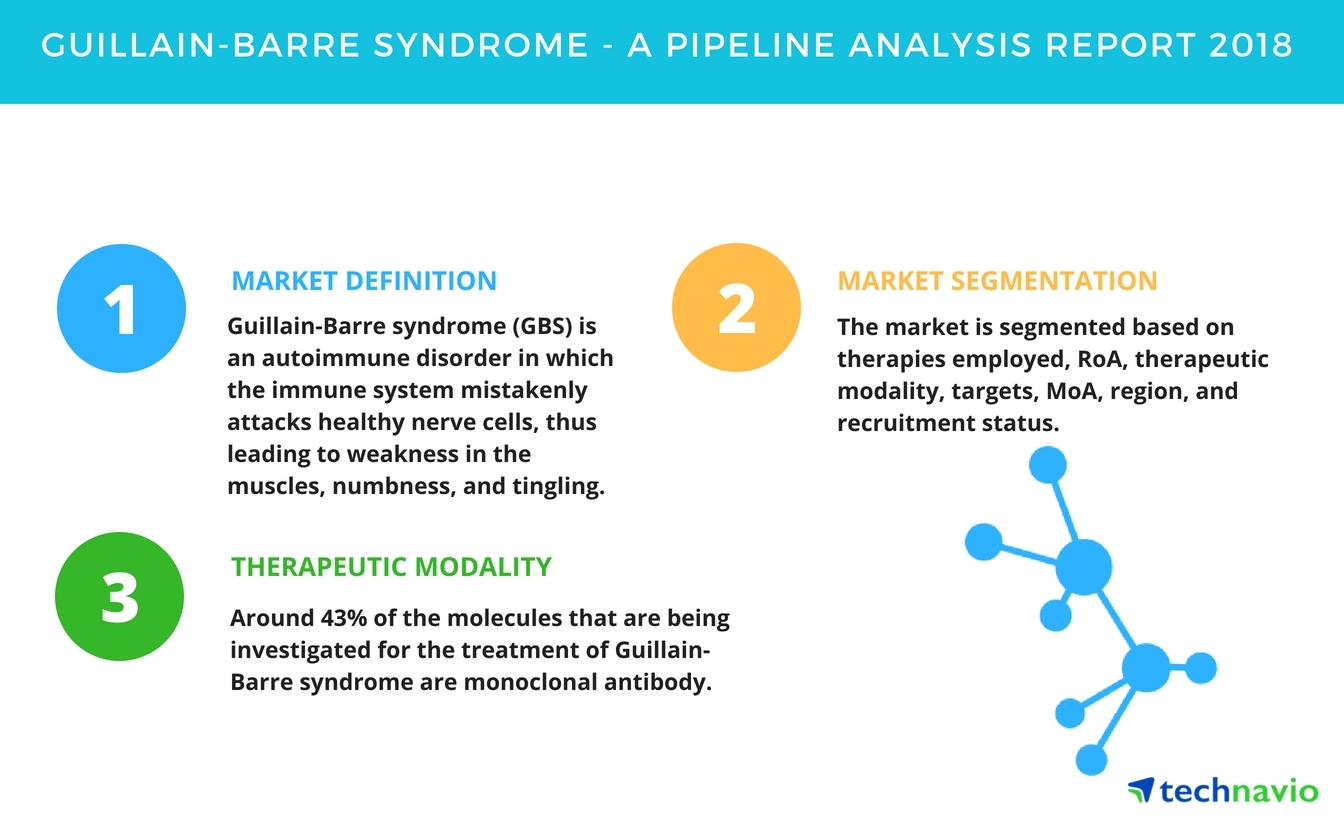



Guillain Barre Syndrome A Pipeline Analysis Report 18 Technavio Business Wire




A Review Of Guillain Barre Syndrome Microbewiki
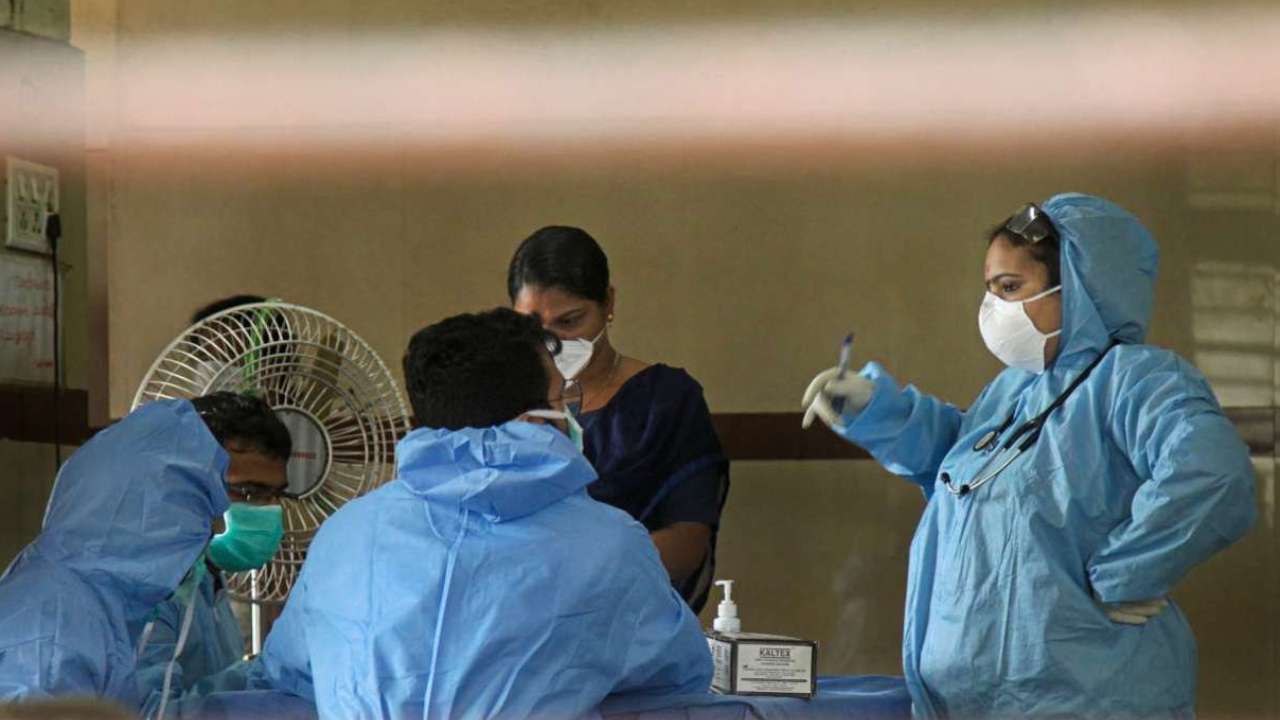



Dna Explainer What Is Guillain Barre Syndrome That Some Covid 19 Patients Are Developing




47 Year Old With Rare Guillain Barre Syndrome Post Covid 19 Treated At Delhi Hospital Recovering




Rarest Of Covid Vaccine Reactions Guillain Barre Syndrome Whyy
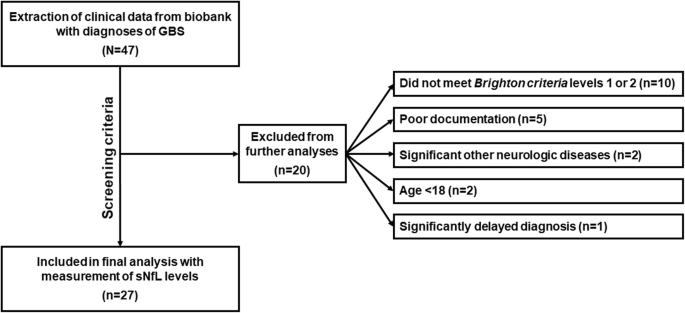



Increased Serum Neurofilament Light Chain Concentration Indicates Poor Outcome In Guillain Barre Syndrome Journal Of Neuroinflammation Full Text




Guillain Barre Syndrome And Coronavirus What You Should Know




Guillain Barre Patient Respiratory Therapy Stock Image M165 0139 Science Photo Library




Unilateral Facial Palsy In Guillain Barre Syndrome Gbs A Rare Occurrence Bmj Case Reports




Rutgers Reports First Instance Of Covid 19 Triggering Recurrent Guillain Barre Syndrome Rutgers University
/GettyImages-1279320420-b03e2c02778b4db3b56c1fd7d7948e71.jpg)



Covid 19 Not Associated With Guillain Barre Syndrome Research Finds
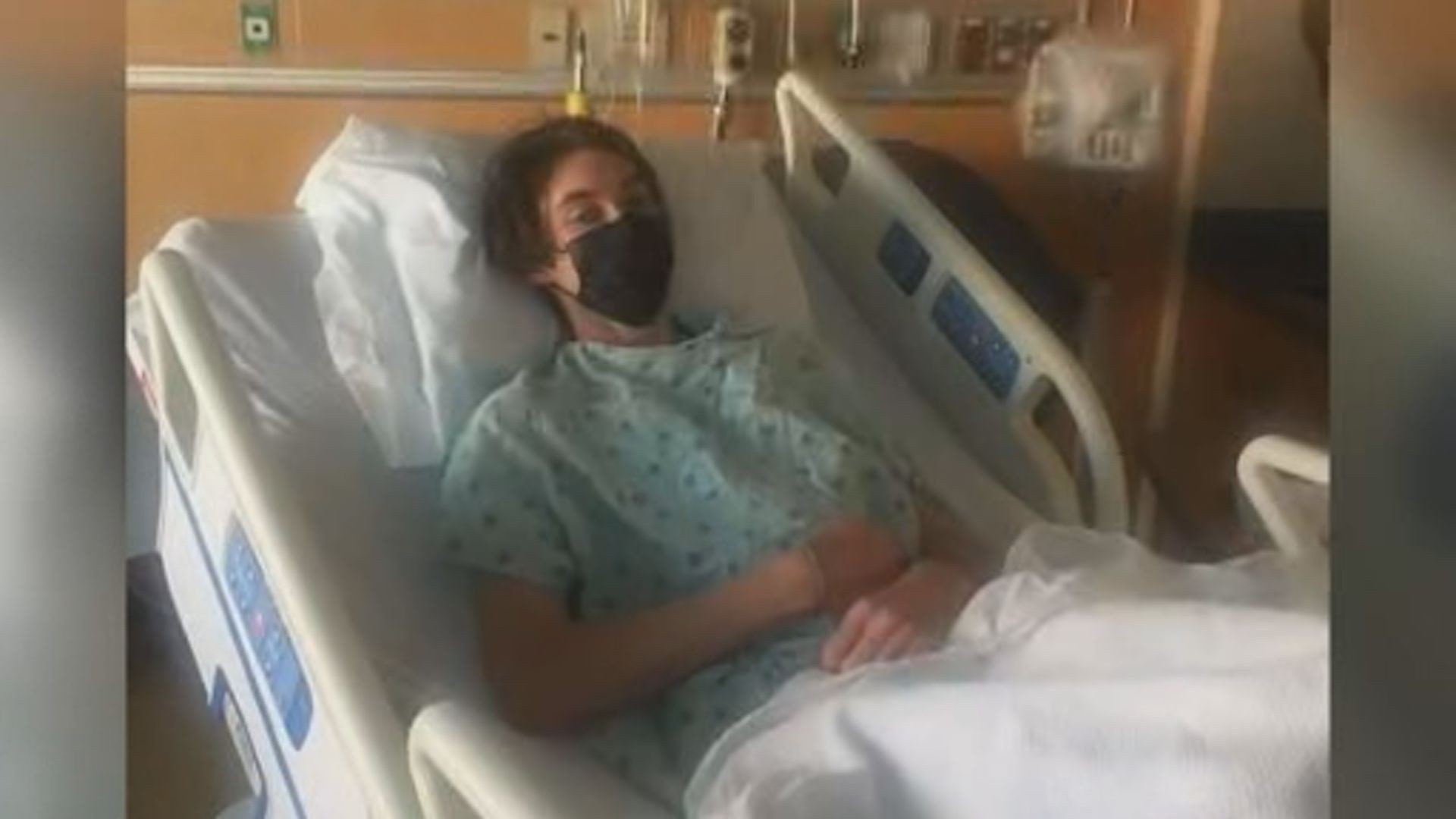



Local Teen Diagnosed With Guillain Barre Syndrome Questions Covid 19 Vaccine After Receiving First Dose




New Holly S Journey From Guillain Barre Syndrome To Happily Ever After Extended Version Youtube




How To Diagnose Guillain Barre Syndrome Medmastery




Some Covid 19 Patients Develop Guillain Barre Syndrome Say Doctors The New Indian Express
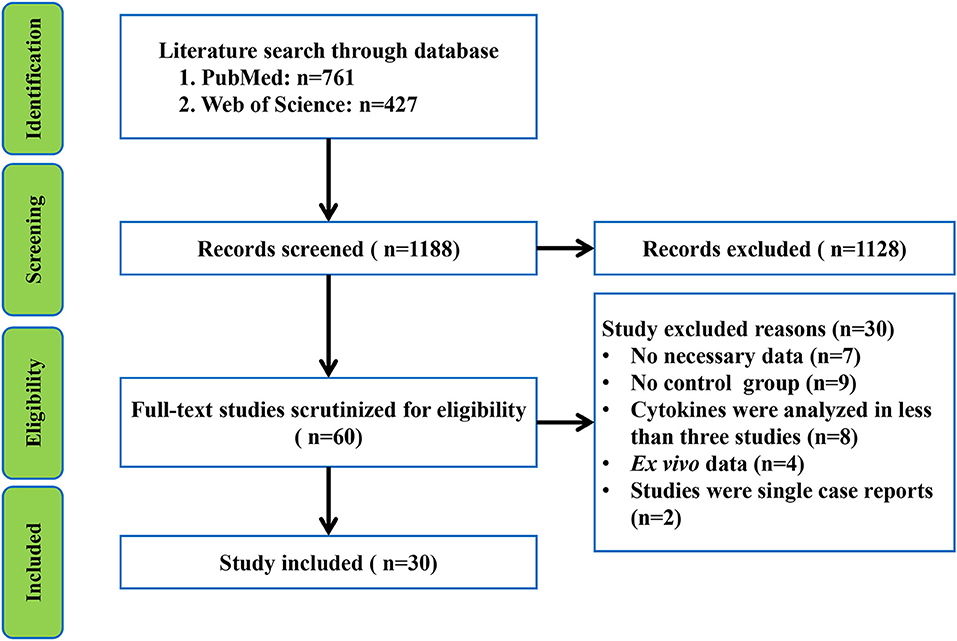



Frontiers Peripheral Blood And Cerebrospinal Fluid Cytokine Levels In Guillain Barre Syndrome A Systematic Review And Meta Analysis Neuroscience




Guillain Barre Syndrome Associated With Sars Cov 2 Nejm
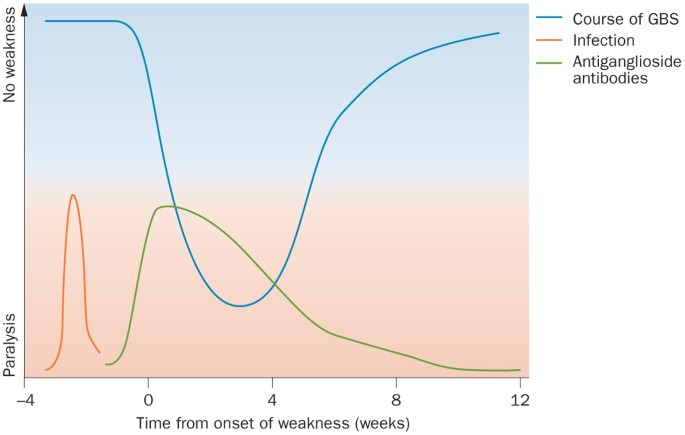



Guillain Barre Syndrome Pathogenesis Diagnosis Treatment And Prognosis Nature Reviews Neurology




Guillain Barre Syndrome Mydr Com Au




Family In Dire Need Of Financial Support To Treat Their Daughter Suffering From Rare Guillain Barre Syndrome The Himalayan Times Nepal S No 1 English Daily Newspaper Nepal News Latest Politics Business




Treating Guillain Barre Syndrome Medmastery




Guillain Barre Syndrome Physiopedia
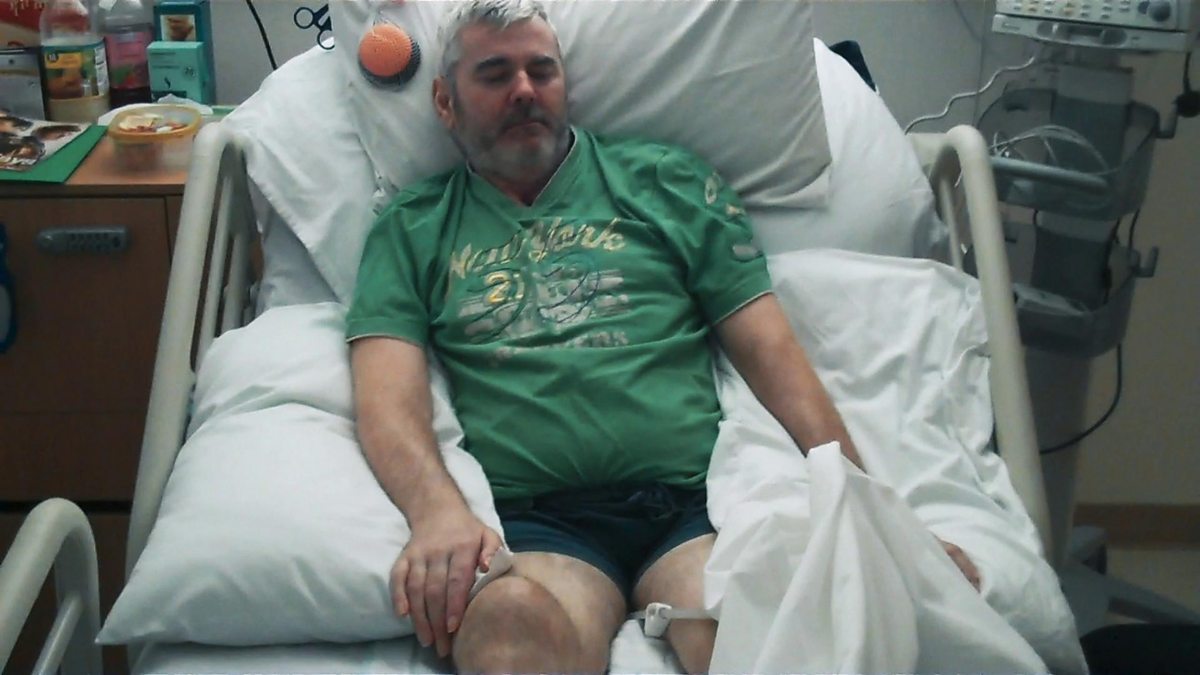



c Four Storyville Locked In Breaking The Silence Meeting People With Guillain Barre Syndrome




Guillain Barre Syndrome In Southern China Retrospective Analysis Of Hospitalised Patients From 14 Provinces In The Area South Of The Huaihe River Journal Of Neurology Neurosurgery Psychiatry




Do I Have Guillain Barre Syndrome Top Doctors




Guillain Barre Syndrome Gbs Oakwood Solicitors Ltd




Bilateral Claw Hand An Uncommon Presentation Of Regional Guillain Barre Syndrome Journal Of The Neurological Sciences



Sa Grandmother Recounts Being Paralysed By Rare Guillain Barre Syndrome Abc News
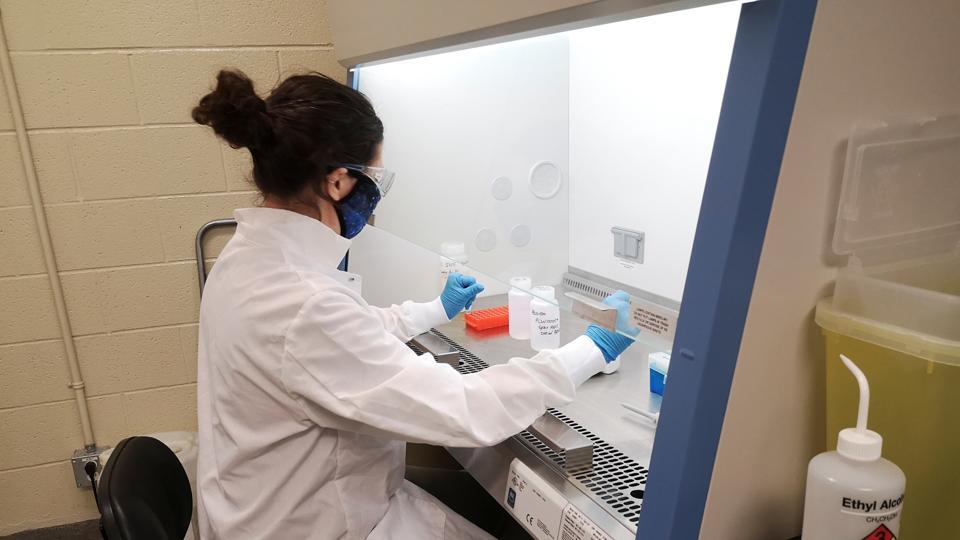



Covid 19 And Guillain Barre Syndrome Relation Causes And Symptoms Latest News India Hindustan Times




Coronavirus Vaccine Side Effects Guillain Barre Syndrome How Risky Is Guillain Barre Syndrome The Nervous System Disorder Identified As A Covid 19 Vaccine Side Effect




The Effects Of Guillain Barre Syndrome Youtube




Guillain Barre Syndrome What Is Gbs Ausmed




Distal Limb Weakness Phenotype Of Guillain Barre Syndrome Journal Of The Neurological Sciences
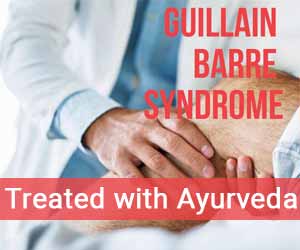



Panchakarma Procedures And Oral Ayurveda Medicine Showed Complete Recovery From Guillain Barre Syndrome A Case Report



Emdocs Net Emergency Medicine Educationguillain Barre Syndrome Third Time S The Charm Emdocs Net Emergency Medicine Education
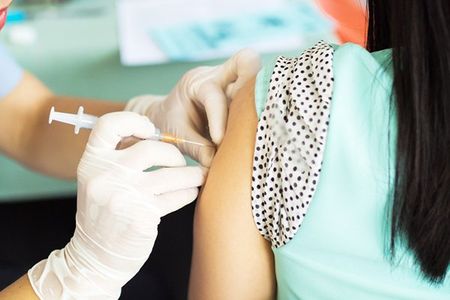



Faq About Vaccinations And Guillain Barre Syndrome




Slight Improvement Turns To Fear And Worry For Guillain Barre Victim
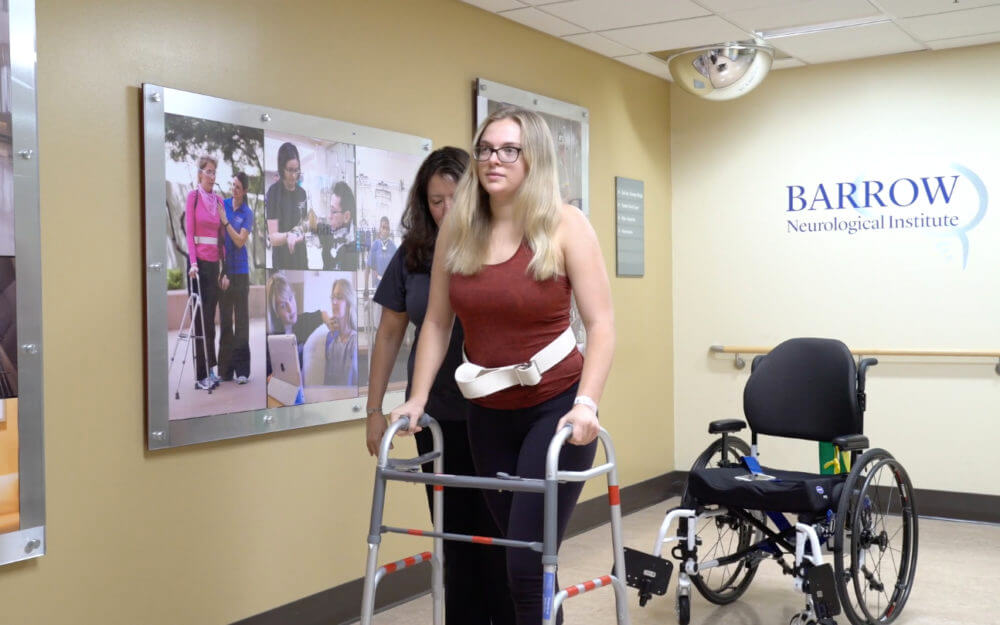



Arizona Student Paralyzed By Guillain Barre Syndrome In Spain Recovers At Barrow




Guillain Barre Syndrome Survivors Share Experience




Symptoms Of Guillain Barre Syndrome About Guillain Barre Syndrome
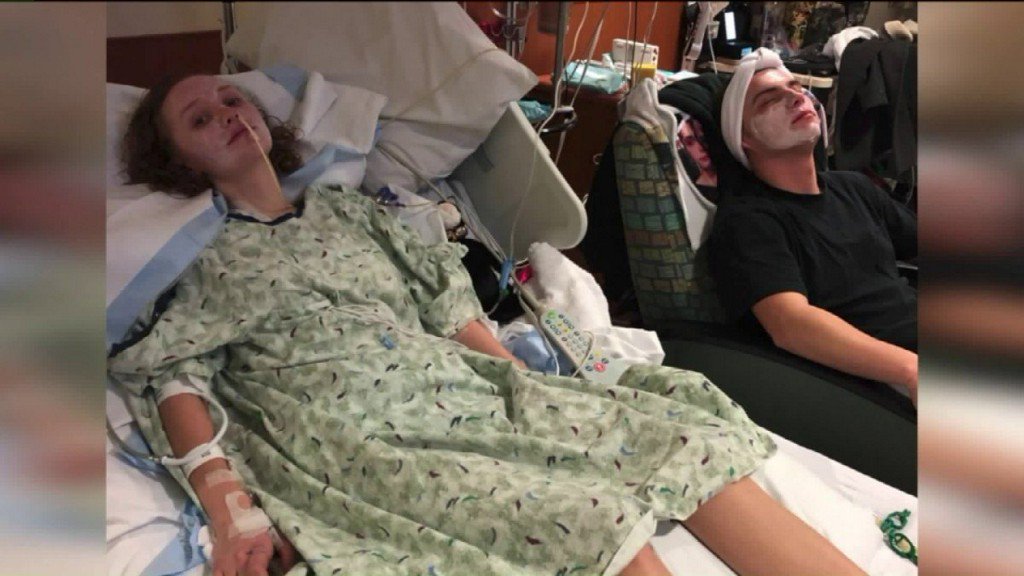



Fox 17 True Love Helps Mary Free Bed Patient Overcome Guillain Barre Syndrome T Co Qa9lrsxo6b




Concurrent Myasthenia Gravis And Guillain Barre Syndrome In A 63 Year Old Female The First Case In The Philippines Journal Of The Neurological Sciences
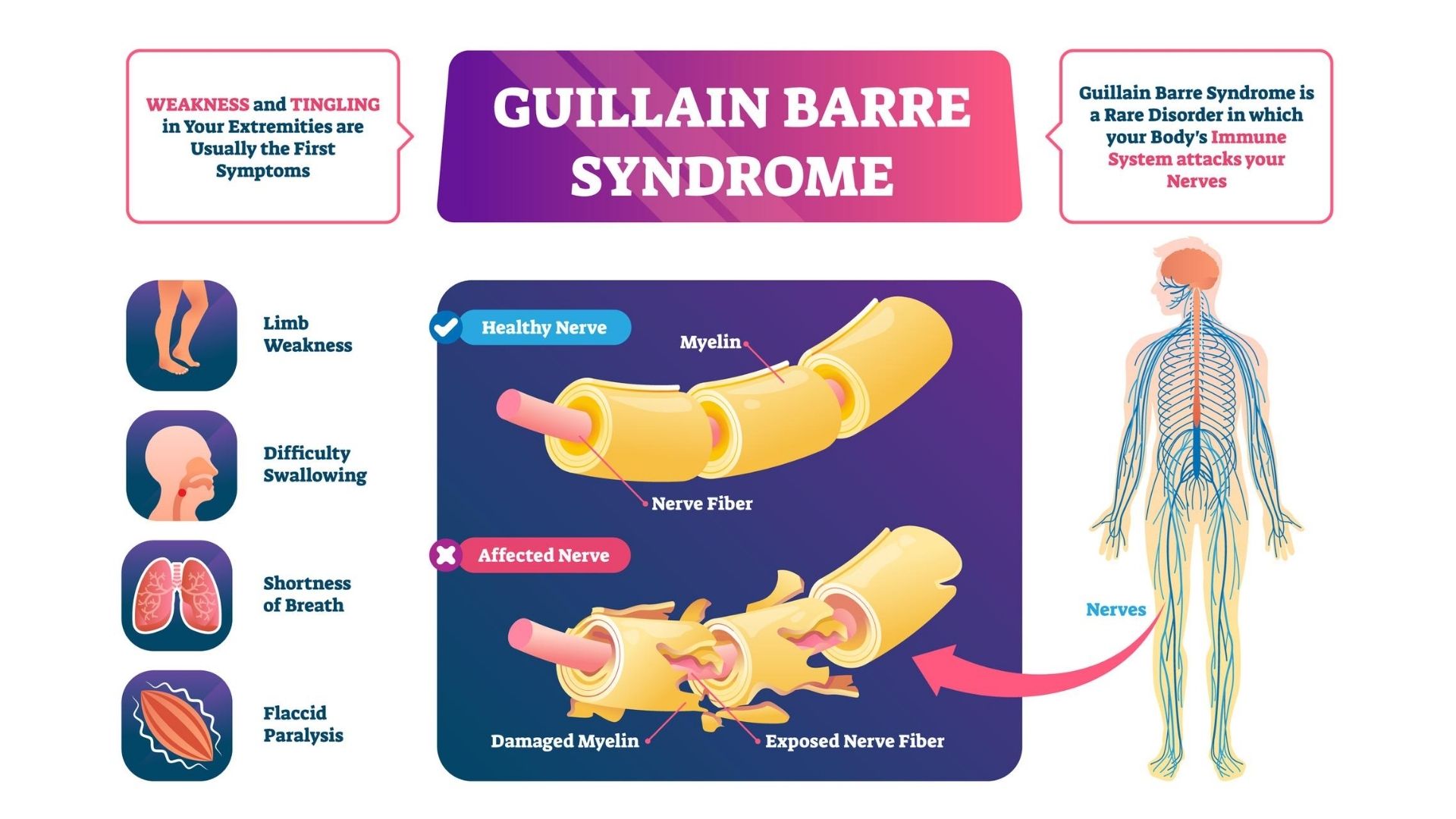



Guillain Barre Syndrome Treatment Propel Physiotherapy
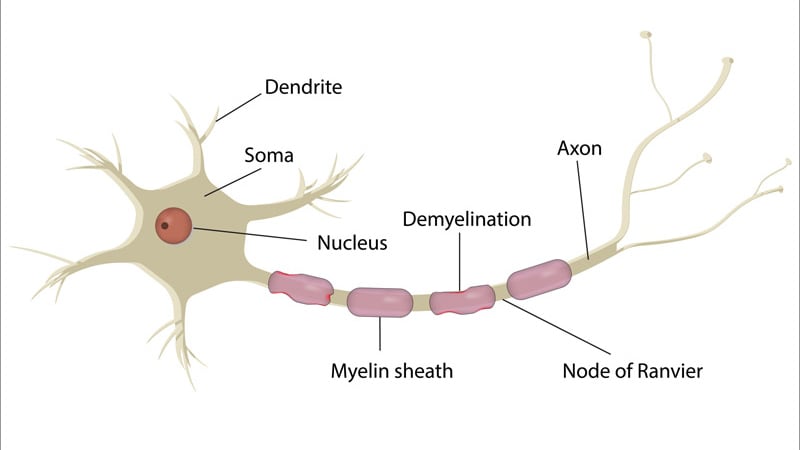



First Case Of Covid 19 Presenting As Guillain Barre Reported



0 件のコメント:
コメントを投稿